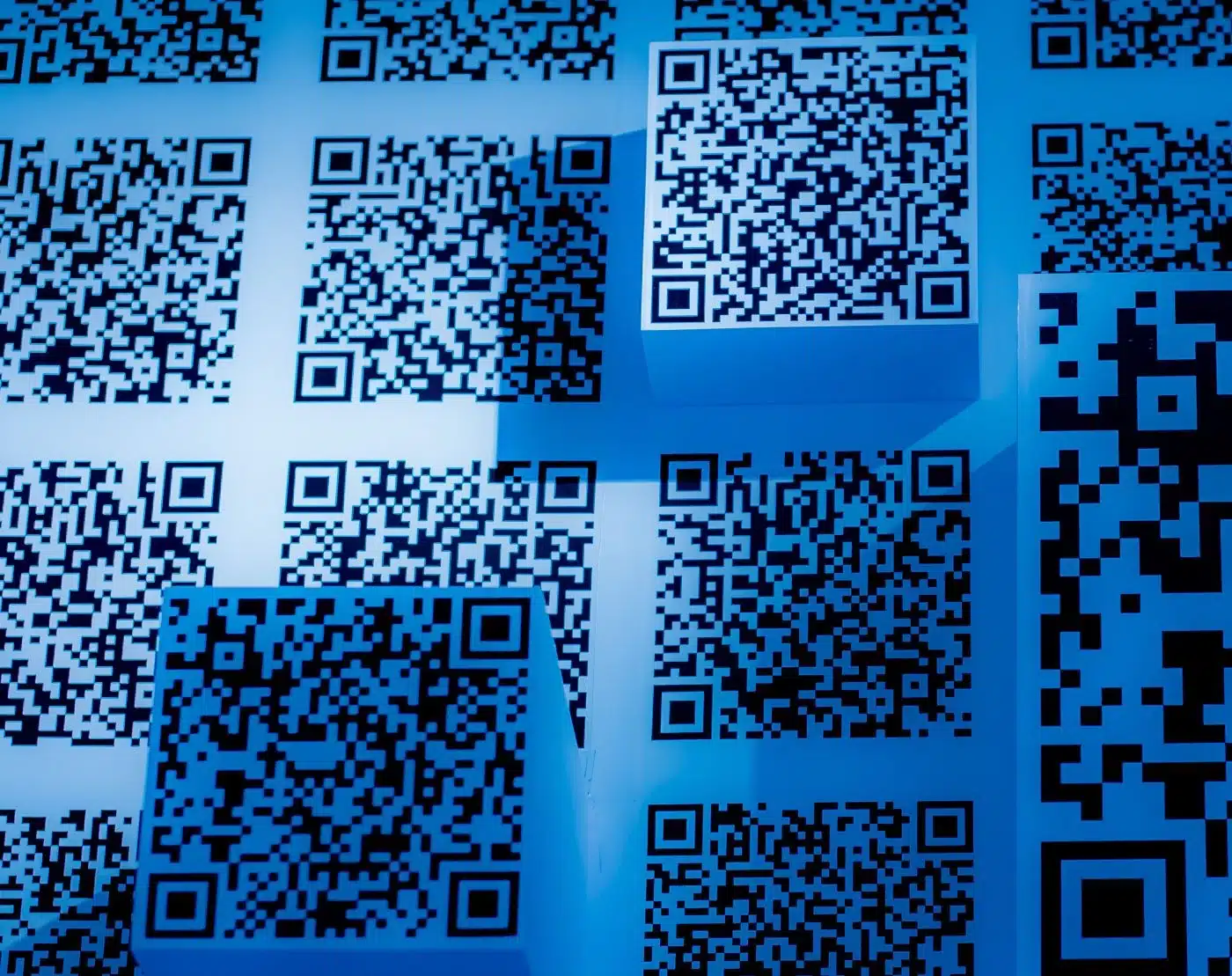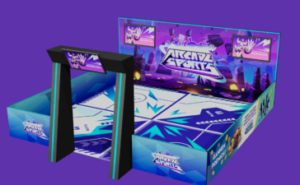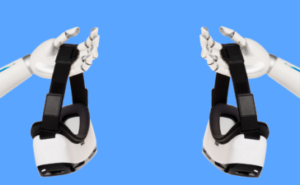The QR code has had its ups and downs in consumer AR. These grid icons scanned through the camera on a mobile device or XR headset provide a faster and easier way to access online content than typing in a URL.
However, they have their shortcomings in industry applications and can limit the accessibility and usability of increasingly connected physical environments for the typical user. That’s why AR companies including Taqtile and DEVAR are working on alternatives.
QR Codes in Enterprise
QR codes in many low-impact and sheltered areas do the job for things like indoor navigation. Because of their ease of use, they are also often employed in field applications. In these applications, the codes may pull up guided instructions, informational content, or other resources for deskless workers.
However, on rugged machinery or when used outdoors, QR codes may become faded by environmental exposure, damaged or worn down, or may be difficult for service workers to locate. Because they link to online content, they can also pose a security risk in some applications.
“Because phones and cameras can read QR codes, they can be used to identify equipment,” Taqtile Chief Business Officer, Kelly Malone, told ARPost. “Removing this form of physical identification can reduce exposure of a unique vehicle or asset.”
To solve these problems, Taqtile developed Touch Alignment for its Manifest platform. The service allows users to identify three points on a piece of equipment that can be recognized by XR glasses or smart devices in the same way that a QR code would be. Touch Alignment works alongside Manifest’s other image-recognition abilities for identifiers like serial numbers.
Touch Alignment in Manifest
“With Touch Alignment, Manifest customers use physical locations on equipment as reference points to access virtual assets,” reads a release from Taqtile. “A series of three customer-assigned alignment points specific to the particular piece of equipment, or class of identical equipment such as a vehicle model, replaces the QR codes.”

According to the Taqtile representative, the company hasn’t recognized a limit on how close together or far apart the alignment points need to be, though “more than 12-18 inches between points provides the best alignment accuracy on larger pieces of equipment.” With the help of the operator, Touch Alignment still works if one or more of the alignment points are obscured.
“If there’s damage, a human approximation of where the point ‘should or would be’ is likely more accurate and, even if it’s not precise,Touch Alignment is forgiving enough to still be useful and provide directional/spatial assistance,” said Malone.
QR Codes “in the Wild”
QR codes are good for bringing up information about an environment because they are relatively small. However, they aren’t the best for bringing up information about an object. The code needs to be placed on an object, potentially obscuring it, or off of an object potentially losing context.
Recognition of the object itself would eliminate the need for any external marker. And, thanks to advances in computer vision, this technology is already coming to WebAR authoring tool MyWebAR by DEVAR.
MyWebAR’s 3D Object Tracking
“With an AR headset, you can see the world in real time, while the designed AR content completes your experience,” DEVAR founder and CTO Andrei Komissarov said in a release shared with ARPost. “3D object tracking is a logical milestone for us on our way and opens up huge opportunities for new industries in augmented reality.”
![]()
The new capability recognizes physical objects when provided with a 3D model of the same object. The technology is currently in an early-access period for interested members of MyWebAR’s Enterprise subscribers. Early images of the technology show effects like lenses applied to figurines, but other use cases are potentially endless.
Replacing the QR Code?
There are still applications where QR codes work just fine. And, some people are still going to prefer them in some use cases. So, Taqtile and DEVAR will both continue to support visual markers on their platforms with their new markerless solutions serving as optional alternatives.
“We’ll continue to support QR codes for companies that prefer them, but we also want to provide a more elegant way to spatially anchor AR content, facilitating easier, more consistently available paths to access Manifest work instructions,” Taqtile CTO John Tomizuka said in the release.
Taqtile is also working on expanding the availability of Touch Alignment to more of its offered platforms, which are used more widely by customers and are often used together with Manifest.
“We plan to make it available to all the platforms that we support as long as it is useful for our customers. There are some dependencies that we have in terms of relying on how good the hand tracking is, as well as other factors like usability that will affect that decision,” said Tomizuka. “Ultimately, we want to have consistent concepts and processes on all the platforms that we support.”
Shared material from DEVAR similarly says that “we cannot disclose the full details about everything we have under development,” but further development on the company’s roadmap “allows us to take interaction with the real world and augmented reality content to a whole new level.”
The Next Major Tracking Solution?
Touch Alignment works as an enterprise solution because it works on large objects and maintains security of potentially sensitive information. MyWebAR’s 3D object tracking works as a consumer solution because it’s fast, easy, and works on smaller objects.
As we so often see with developments in XR, these QR code replacement solutions aren’t a case of two companies competing but rather different providers solving the same problem for different users and use cases.



